Switches

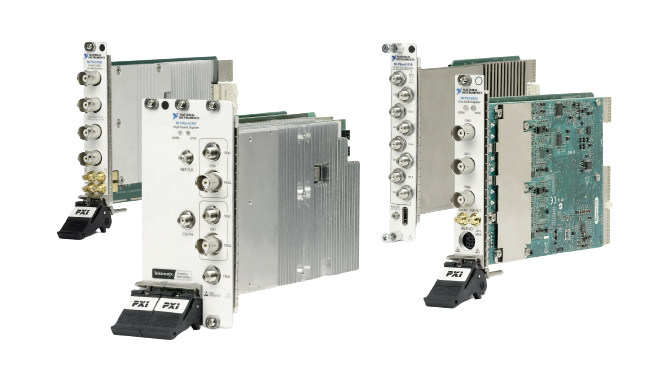
Platform Modules
Platform modules integrate with modular hardware platforms that allow you to combine different types of modules in a custom system that leverages shared platform features. NI offers three hardware platforms—CompactDAQ, CompactRIO, and PXI—though all platforms may not be represented in this category.

Pickering Switch Solutions
Pickering Switch Solutions
Pickering also manufactures a wide range of LXI (Ethernet controlled) switching solutions, including low-frequency matrices, multiplexers, RF & Microwave up to 40 GHz, and optical systems, as well as LXI & LXI/USB modular chassis.
Learn more
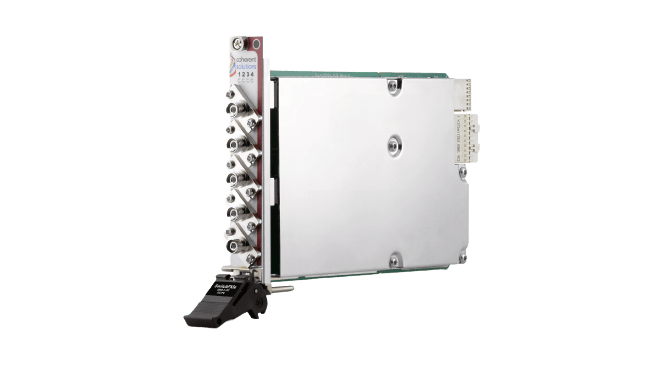
PXI Optical Switch
PXI Optical Switch
The PXI Optical Switch is available in many different switching configurations for customized optical switching. It offers both single-mode and multimode fiber options that can support switching of very small wavelength signals. The switch provides either SC/PC, FC/PC, SC/APC, or FC/APC fiber-optic connectors. You can use the PXI Optical Switch for repeatable, low-loss switching.
Learn more
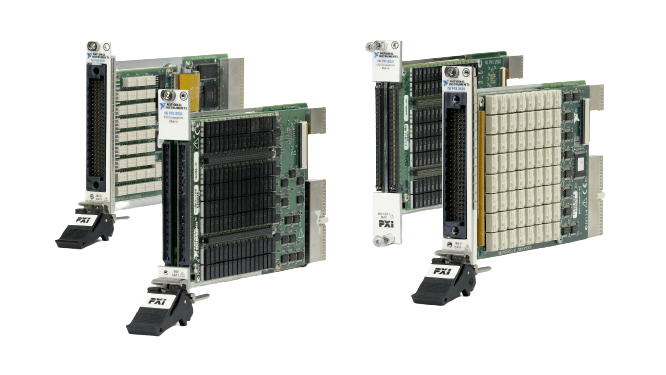
PXI Matrix Switch Module
PXI Matrix Switch Module
PXI Matrix Switch Modules are organized into rows and columns and provide maximum flexibility for switching systems by allowing you to connect any channel to any other channel. PXI Matrix Switch Modules use a variety of relay types, including electromechanical armature relays, reed relays, field-effect transistor (FET) relays, and solid-state relays, each with their own benefits, allowing you to choose a matrix that fits your requirements. To program the switches, you can use the IVI-compliant NI-SWITCH driver software, complete with help documentation, example programs, and a soft front panel application for interactive control of switches. For intelligent management of complex switch systems, NI Switch Executive provides additional software tools to help you design, build, and deploy your switching system.
Learn more
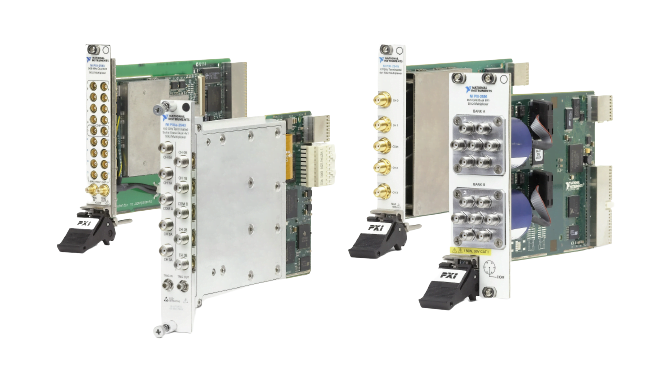
PXI Multiplexer Switch Module
PXI Multiplexer Switch Module
PXI Multiplexer Switch Modules are ideal for high-channel-count applications that need to connect measurement or signal generation instruments to various test points on devices or units under test (DUTs or UUTs). PXI Multiplexer Switch Modules use a variety of relay types, including electromechanical armature relays, reed relays, field-effect transistor (FET) relays, and solid-state relays, each with their own benefits, allowing you to choose a multiplexer that fits your requirements. To program the switches, you can use the IVI-compliant NI-SWITCH driver software, complete with help documentation, example programs, and a soft front panel application for interactive control of switches. For intelligent management of complex switch systems, NI Switch Executive provides additional software tools to help you design, build, and deploy your switching system.
Learn more
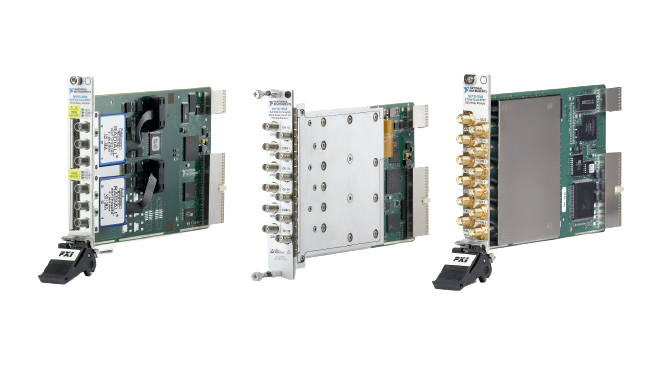
PXI Relay Module
PXI Relay Module
PXI Relay Modules consist of multiple independent relays, such as single-pole single-throw (SPST), single-pole double-throw (SPDT), and double-pole double-throw (DPDT) relays. PXI Relay Modules use a variety of relay types, including electromechanical armature relays, reed relays, field-effect transistor (FET) relays, and solid-state relays, each with their own benefits, allowing you to choose a set of relays that fit your requirements. To program the relays, you can use the IVI-compliant NI-SWITCH driver software, complete with help documentation, example programs, and a soft front panel application for interactive control. For intelligent management of complex switch systems, NI Switch Executive provides additional software tools to help you design, build, and deploy your switching system.
Learn more
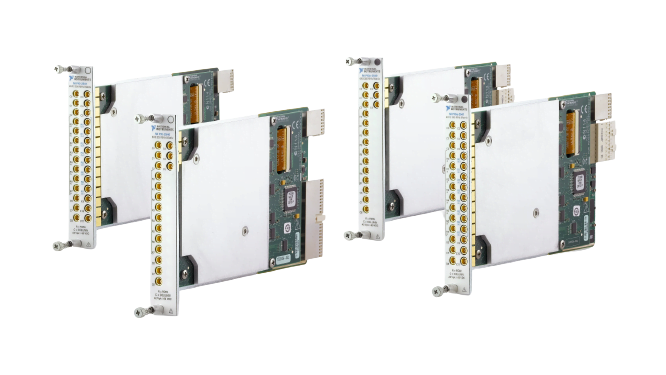
PXI RF Matrix Switch Module
PXI RF Matrix Switch Module
PXI RF Matrix Switch Modules are organized into rows and columns and provide maximum flexibility for switching systems by allowing you to connect any channel to any other channel. PXI RF Matrix Switch Modules use a variety of relay types, including electromechanical armature relays, reed relays, field-effect transistor (FET) relays, and solid-state relays, each with their own benefits, allowing you to choose a matrix that fits your requirements. To program the switches, you can use the IVI-compliant NI-SWITCH driver software, complete with help documentation, example programs, and a soft front panel application for interactive control of switches. For intelligent management of complex switch systems, NI Switch Executive provides additional software tools to help you design, build, and deploy your switching system.
Learn more

PXI RF Multiplexer Switch Module
PXI RF Multiplexer Switch Module
PXI RF Multiplexer Switch Modules are ideal for high-channel-count applications that need to connect measurement or signal generation instruments to various test points on devices or units under test (DUTs or UUTs). PXI RF Multiplexer Switch Modules use a variety of relay types, including electromechanical armature relays, reed relays, field-effect transistor (FET) relays, and solid-state relays, each with their own benefits, allowing you to choose a multiplexer that fits your requirements. To program the switches, you can use the IVI-compliant NI-SWITCH driver software, complete with help documentation, example programs, and a soft front panel application for interactive control of switches. For intelligent management of complex switch systems, NI Switch Executive provides additional software tools to help you design, build, and deploy your switching system.
Learn more
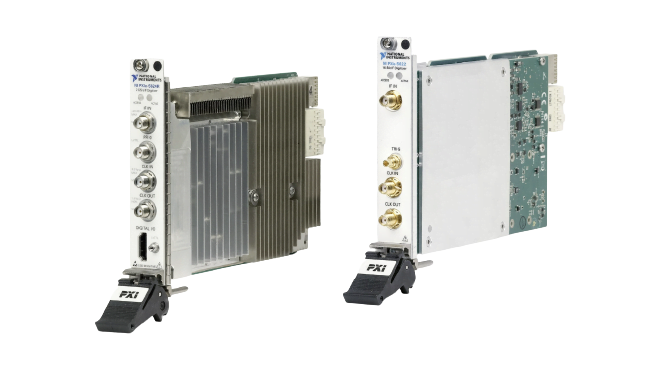
PXI RF Relay Module
PXI RF Relay Module
PXI RF Relay Modules offer single-pole double-throw (SPDT) and terminated switches. SPDT models include excellent insertion loss, voltage standing-wave ratio (VSWR), and isolation parameters to minimize signal degradation. You can use the onboard relay-count-tracking feature on these models to predict relay lifetime and reduce unexpected system downtime. SPDT models are also well-suited for passing high-order harmonics from PXI RF Signal Upconverter Modules or routing multiple sources to PXI RF Signal Downconverter Modules. Terminated switch models feature front-mounted SMA connectors and high-performance solid-state relays for fast switching time and unlimited mechanical lifetime. These models also include termination on every COM line and channel, which helps minimize reflections of the RF signal and protect your instruments.
Learn more
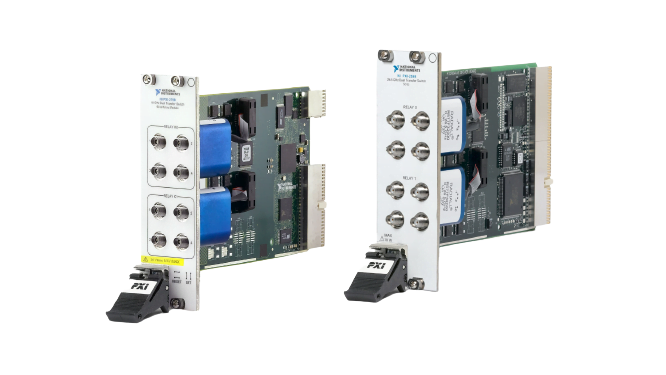
PXI Transfer Switch Module
PXI Transfer Switch Module
PXI Transfer Switch Modules offer fast insertion times and low insertion loss to switch loads at RF frequencies. The modules also have 50 Ω impedance that helps minimize reflections of the RF signal and protect your instruments. You can program the PXI Transfer Switch Module using the NI-SWITCH instrument driver.
Learn more
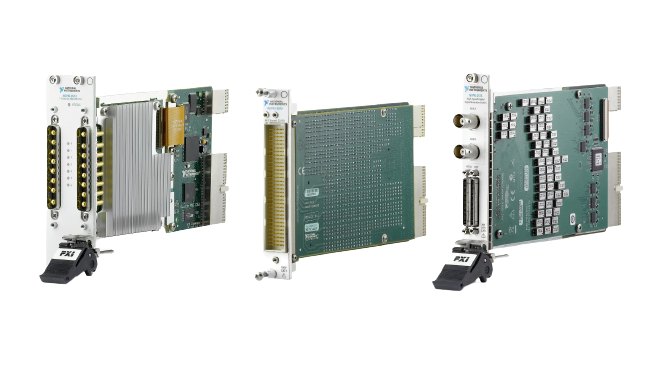
PXI Signal Insertion Switch Module
PXI Signal Insertion Switch Module
PXI Signal Insertion Switch Modules, also known as fault insertion units (FIUs), provide a set of feedthrough channels, which make the switch transparent to the system when closed. You can open or short these channels to one of two fault buses, allowing you to simulate open or interrupted connections as well as shorts between pins, shorts to battery voltages, and shorts to ground on a per-channel basis. When controlled with the LabVIEW Real-Time Module, the PXI Signal Insertion Switch Module can validate the integrity of control systems including engine control units (ECUs) and full authority digital engine controls (FADECs). You can also use the FIU models for hardware-in-the-loop (HIL) applications and electronic reliability tests.
Learn more
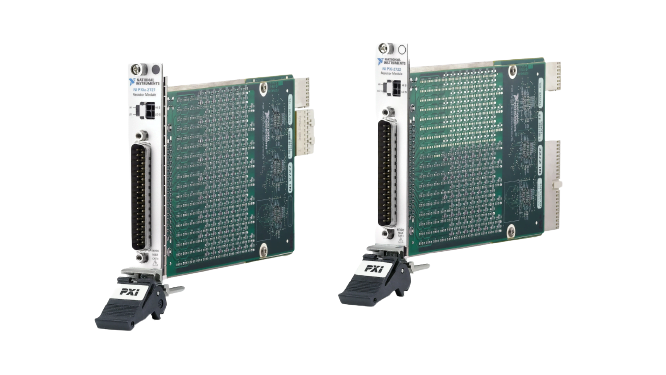
PXI Programmable Resistor Module
PXI Programmable Resistor Module
PXI Programmable Resistor Modules are well‐suited for simulating environmental conditions in hardware‐in‐the‐loop (HIL) validation. The software included provides a simple user interface that accepts inputs in units of temperature or resistance, and configures the resistance across each channel. Each module uses a 37‐pin D‐SUB connector on the front panel, as well as a 2x2 Micro‐Fit connector for easy connection to a PXI Digital Multimeter (DMM).
Learn more
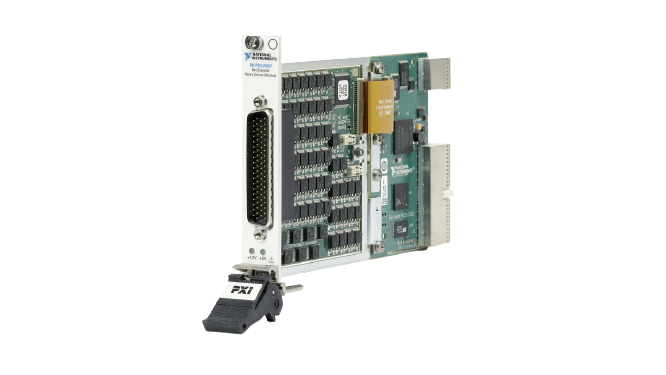
PXI Relay Driver Module
PXI Relay Driver Module
The PXI Relay Driver Module controls up to 64 external relays with up to 50 VDC or 600 mA per channel drive capacity when using an external power supply. Modules can drive small DC motors or other inductive relay coils, and they include overcurrent, overvoltage, and flyback protection to ensure long operation. The PXI Relay Driver Module allows you to build custom switch configurations while using the standard IVI‐compliant NI‐SWITCH driver software.
Learn more
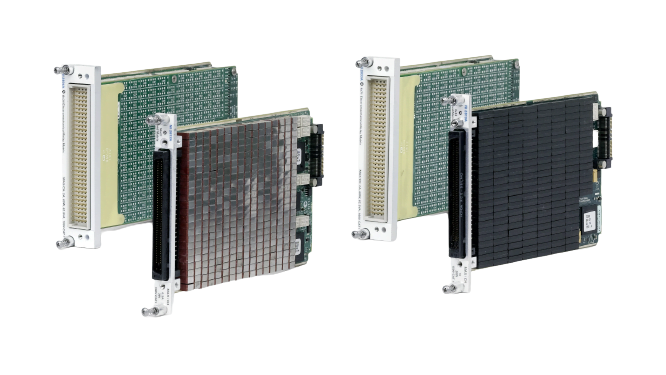
PXI Carrier Module for SwitchBlock
PXI Carrier Module for SwitchBlock
The PXI Carrier Module for SwitchBlock can hold up to six Matrix Modules for SwitchBlock while occupying four PXI slots. By connecting multiple SwitchBlock relay cards through the carrier's integrated analog bus, you can easily create large matrices with more than 2,000 crosspoints in four PXI slots and more than 8,000 crosspoints in a single PXI chassis. Each Matrix Module for SwitchBlock comes in an A-type version, which serves as the first matrix building block and offers row and column access through the front connector, and a B-type version, which serves as an expansion module and only provides column access through the front connector. Typically, SwitchBlock systems contain one A-type module and numerous B-type modules.
Learn more

Matrix Module for SwitchBlock
Matrix Module for SwitchBlock
The Matrix Module for SwitchBlock is for use with the PXI Carrier Module for SwitchBlock and can operate as an individual relay card, can combine with other Matrix Modules for SwitchBlock in the same PXI Carrier Module for SwitchBlock, and can combine with other Matrix Modules for SwitchBlock in other PXI Carrier Modules for SwitchBlock in the same PXI chassis. Each Matrix Module for SwitchBlock comes in an A-type version, which serves as the first matrix building block and offers row and column access through the front connector, and a B-type version, which serves as an expansion module and only provides column access through the front connector. Typically, SwitchBlock systems contain one A-type module and numerous B-type modules.
